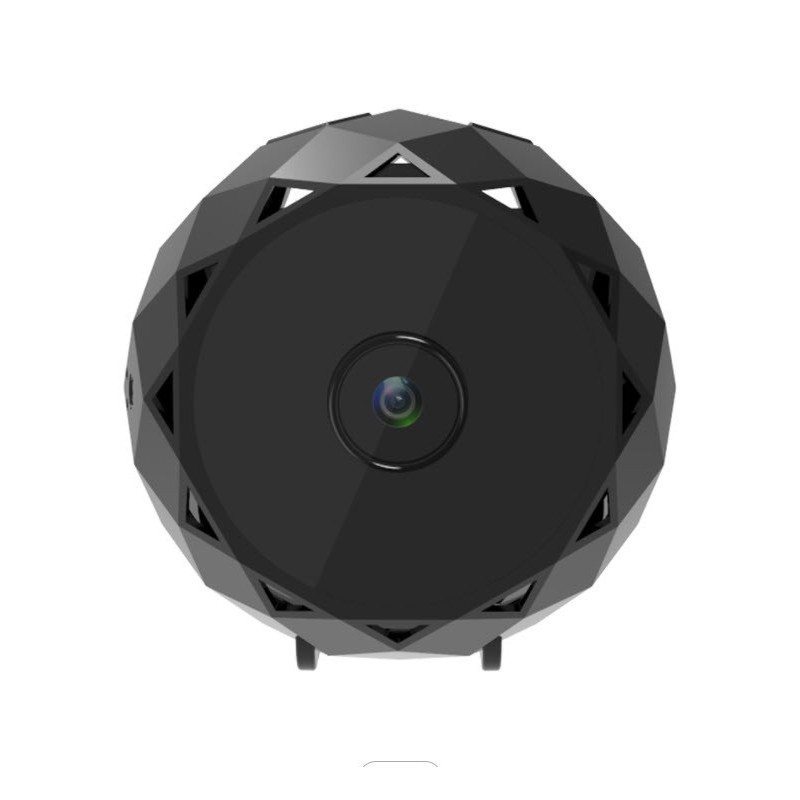How Can You Know What Your Website Is Safe?

A protected website is an internet page that's designed to prevent malware attacks and other harmful applications from harming the pc. If you browse the Internet, you can view sites that are secure or have security vulnerabilities. The website could be infected with harmful spyware like adware, malware and spyware. On top of that, the website might have an insecure connectivity or possibly a weak firewall to defend itself against malicious attacks. Additionally, there are other forms of malware attacks, such as keyloggers that use the computers' tracks to capture passwords and user names so as to steal identities.
In order for you to get a safe site, you have to be sure that it is not infected and also that it has all the protection that you require. To start with, a safe website should have no kind of file or personal information in the site's C HTML code. Also, the address bar of the web site should not contain any sort of personal information like the full name of the website's owner, email address or even a telephone number. When a file is present in the web address, the file's title should also contain the phrase"file" or"page" instead of the words"personal information" or"url". The title of the file must be the same as of the URL.
One other important element of a protected website is the existence of a confidence seal. When you input a website, your browser automatically includes a confidence seal. This is actually the first layer of safety on the website and prevents somebody from checking the safety of your PC with no key. When a document in the web address is typed into the text box, but if you do not have the key with this particular file, the browser will display"protected" next to the URL. foxit phamton 10 full crack google drive proves that the URL cannot be checked by someone who does not have the key for your file.
Fake safety certificates are another way of getting a safe website. You will find fake security certificates which appear like the genuine ones. However, when a browser tries to start a connection, the fake certificate will prevent the website from loading. These fake certifications usually tell the browsers to trust the site instead of the individual site. For instance, you can see a"secure" logo on several sites.

But, even though there are imitation certificates which look like the genuine ones, there is still a very easy method to assess if you're on a safe site. After you enter the website, you will notice a icon on the bottom right corner of this browser window that says"SSL Certificate" and"bits." If the amount from the"bits" area is higher than 20, you are able to see it is a fake SSL certificate.
Apart, from security preferences, a safe site always uses https. Most browsers are intended to request this protocol when you are trying to connect to a site. The protocol that's used by browsers for this purpose is a Secure Socket Layer (SSL). Because of this, it's extremely easy to tell whether a website is safe or not. If the site asked an https instead of safety: flake or https, it's an unsafe website and individuals should avoid visiting it.
